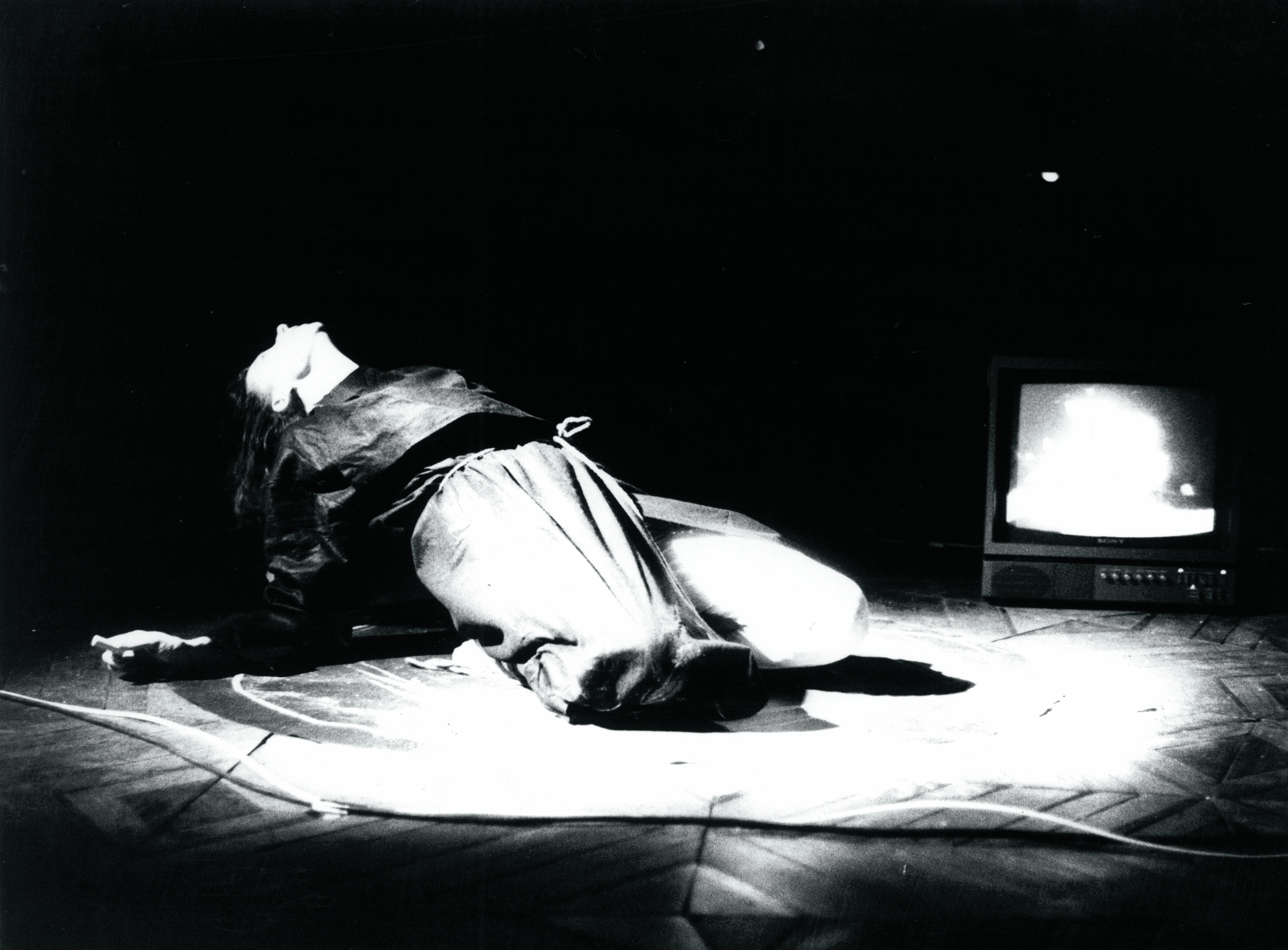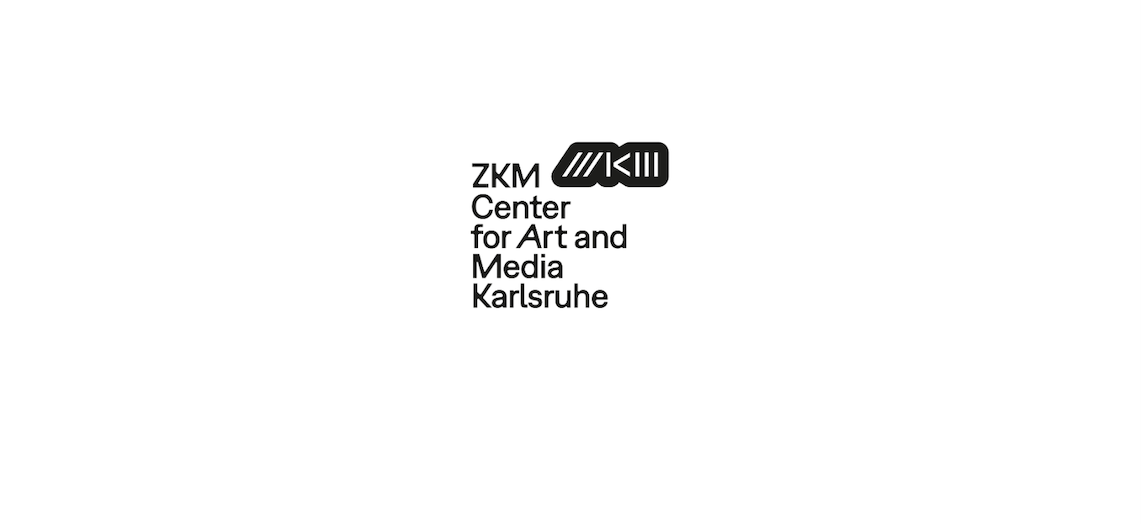
On View: April 18
The Kitchen at Westbeth (163B Bank Street, 4th Floor Loft)
Time:
Event begins at 7pm.
Join us for the New York launch party of the exhibition catalog Ulrike Rosenbach: Witnesses, a new 272-page monograph with interviews, essays, and rarely published archival material and documentation from the artist’s fifty year career. Co-presented with ZKM | Center for Art and Media Karlsruhe, this special event will include a short lecture by performance historian Jonah Westerman, followed by a roundtable conversation with Robyn Farrell (Senior Curator and Director of Curatorial Affairs, The Kitchen), Stefanie Hessler (Director, Swiss Institute), and Alhena Katsof (performance historian and independent curator)—all of whom have also contributed to the book. The conversation will be moderated by Hendrik Folkerts (Curator of International Contemporary Art and Head of Exhibitions, Moderna Museet; and editor of Ulrike Rosenbach: Witnesses).
Ulrike Rosenbach’s work is synonymous with the history of performance and video art. Since the 1970s she has focused on the female body as an interface between nature, culture, and technology, pioneering (eco)feminist performance practice and applying newly available recording and playback technologies in her work. Within and between different works, she created a continuous feedback loop between performance as a live event and liveness as a recorded event, from which new installations and video works would often emerge.
The publication Ulrike Rosenbach: Witnesses departs from the notion of the “witness” as a documentarian of the live performance to explore how the various media the artist works in—performance, video, sculpture, installation, photography, drawing—relate to, channel, and act as material witnesses to her performance practice. An intergenerational and international group of scholars, writers, artists, curators. and critics scrutinize this question of being a witness, while highlighting the throughlines in Rosenbach’s five-decades-long practice. Authors: Jennifer Doyle, Robyn Farrell, Stefanie Hessler, Hanna Jurisch, Alhena Katsof, Alisa Kronberger, Bojana Kunst, Natasha-Marie Llorens, Peggy Phelan, Pavel S. Pys, Rebecca Schneider, Caroline Lillian Schopp, Lumi Tan, Mmabatho Thobejane, Jonah Westerman, Abigail Winograd, and Philipp Ziegler. Edited by: Hendrik Folkerts. Published by: ZKM | Center for Art and Media Karlsruhe. Distributed by: Verlag der Buchhandlung Walther und Franz König. Designed by: Linda van Deursen.
In cooperation with ZKM | Center for Art and Media Karlsruhe, Germany
More information about the speakers:
Robyn Farrell is Senior Curator and Director of Curatorial Affairs at The Kitchen in New York. Her research interests include conceptual art and the moving image, emerging disciplines of time-based art, and artist networks surrounding video and performance art. Farrell’s curatorial work tracks the development of art distribution since the second half of the 20th century and includes distinct televisual and video operations from artists that include Barbara Kruger, Gregg Bordowitz, and Martine Syms, among others. Recent exhibitions include Maren Hassinger: This Is How We Grow (2023) at the Art Institute of Chicago, The Kitchen in Focus: Sheryl Sutton at 47 Canal (2024), and Lisa Alvarado: Shape of Artifact Time at The Kitchen at Westbeth (2025).
Hendrik Folkerts is an art historian and curator. Since 2021, he is Curator of International Contemporary Art and Head of Exhibitions at Moderna Museet in Stockholm. There, he curated the exhibitions Vaginal Davis: Magnificent Product (currently at Gropius-Bau, Berlin), Katalin Ladik: Ooooooooo-pus, Seven Rooms and a Garden: Rashid Johnson and Moderna Museet’s Collection, and Every Ocean Hughes: Alive Time. He worked as Dittmer Curator of Modern and Contemporary Art at the Art Institute of Chicago (2017–22); curator at documenta 14 in Kassel and Athens (2014–17), and Curator of Performance, Film and Discursive Programs at the Stedelijk Museum in Amsterdam (2010–25).
Stefanie Hessler is the Director of Swiss Institute New York. Her work centers artists and ideas through new commissions, transdisciplinary collaborations, and experimental formats. At SI, Hessler co-curated Spora, which invites artists to transform the institution through “environmental institutional critique,” solo shows by Raven Chacon, Ali Cherri, and Lap-See Lam, as well as the East Village-wide exhibition Energies. Other recent and forthcoming exhibitions include Counterpublic 2026, St. Louis; Sex Ecologies, Kunsthall Trondheim; the 17th Momenta Biennale, Montreal; Rising Tides, Gropius Bau, Berlin; Joan Jonas, Ocean Space, Venice; and the 6th Athens Biennale. Hessler is the author of Prospecting Ocean (MIT Press) and has edited over a dozen volumes.
Alhena Katsof is a writer who works in close conversation with artists. Her practice encompasses performance art, transdisciplinary scholarship, and exhibition-making. Her essays have been published in volumes such as On the Necessity of Gardening: An ABC of Art, Botany, and Cultivation and The Artist as Curator: An Anthology. Among her curatorial projects is Towards the Unknown, an exhibition of scores and drawings by the autophysiopsychic musician Yusef Lateef. Katsof is a PhD candidate in the Department of Performance Studies at New York University and Part-Time Assistant Professor at Eugene Lang College — The New School.
Jonah Westerman is Assistant Professor and Chair of the MA Program in Art History at Purchase College, SUNY. He has held fellowships at the Metropolitan Museum and Tate Modern. He is co-editor of Histories of Performance Documentation: Museum, Artistic, and Scholarly Practices (Routledge, 2018). His writing has also appeared in edited collections including The Methuen Drama Companion to Performance Art (2020) and Experiencing Liveness in Contemporary Performance (Routledge, 2017), as well as in journals and magazines. His current book project, The Invention of Performance Art: A Critical History, historicizes the changing meanings of the word performance in relation to the artworks it is meant to describe across roughly fifty years and disparate locations.
